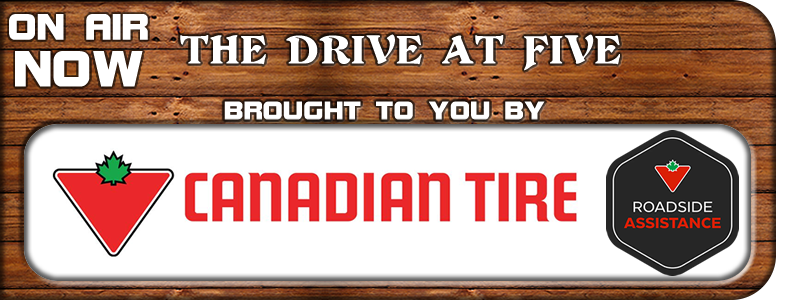As U.S. President Donald Trump’s tariffs and the impacts to Canada’s economy dominate the political landscape, some voters are concerned that health-care promises will get left behind. Under former prime minister Justin Trudeau’s government, Ottawa passed the first phase of a national universal pharmacare framework last October, which focuses on covering birth control and diabetes medications, devices and supplies. The federal government must negotiate separate agreements with each province and territory to implement the plan. Only four jurisdictions – Manitoba, B.C., P.E.I. and the Yukon – signed pharmacare deals before the federal election was called. Jeremy Storring lives in Saskatchewan. He was diagnosed with Type 1 diabetes when he was 12. “The first five or six years of living with Type 1 diabetes, I didn’t manage it very well,” Storring said. He was pricking his finger up to 10 times a day, on top of multiple injections of insulin. Now, managing his diabetes is easier and he feels a lot better. Storring has a continuous glucose monitor (CGM) attached to the back of his arm. The device is linked to his smartphone, which allows him to monitor his insulin levels through an app. It works together with his insulin pump that’s always attached to his stomach or back. For him, the devices are necessary, but also costly. “Throughout a year I’m getting close to $10,000 of what would be out of pocket cost if I didn’t have private insurance,” Storring said. Storring counts himself lucky, even some of his friends can’t cover all the costs associated with their diabetes medication. “Their insurance that they have through their employers isn’t sufficient enough. And sometimes it’s, ‘Do I want a CGM or do I want to pay my rent?‘” he said. “At the end of the day, you’re going to kind of need somewhere to sleep and to live.” Access to health care in CanadaAbout 3.8 million people in Canada have been diagnosed with diabetes, according to the federal government. Diabetes-related costs to the healthcare system reached an estimated $27 billion In 2018, and they could surpass $39 billion by 2028. “The better access to the tools – medications, devices and supplies – that people have, then the better off individuals are to reduce the risk of complications, and in terms of the health-care system, to reduce hospitalizations and emergency room visits down the road,” said Joan King, director of government affairs and advocacy with Diabetes Canada. But the list of drugs covered is finite and can vary from province to province, which is a concern for King. “We are wanting that list or lists to be expansive,” she said. “Diabetes is individual to every person and people have different needs for medications. And there are different medications out there to address individuality.” Pharmacare agreements could also help more than 9 million Canadians access free birth control including oral contraceptives, rings, implants, injections and IUDs, which can cost hundreds of dollars. “That can be really difficult for folks to come up with that type of money upfront. IUDs do lasts for several years. However, having that lump sum of cash of $500 can be really difficult,” said Candice Klein, executive director at Saskatoon Sexual Health. The clinic sponsors IUDs for ten people each year, but treats hundreds more who have to pay out of pocket. Most of their clients are between the ages of 15 and 29. Klein hopes the federal pharmacare plan will expand to more provinces after the election. “That’s really actually important for them (clients) to make sure that they can take control of their reproductive health and make sure that when it comes to family planning that they have those choices for them,” she said. Where the parties stand with pharmacareHealth minister Kamal Khera has said a re-elected liberal government would work to create bi-lateral pharmacare agreements with the remaining provinces and territories. But it’s unclear if Liberal Leader Mark Carney would expand the coverage to include other drugs. Conservative Leader Pierre Poilievre promised to keep existing federal pharmacare and dentalcare coverage if his party forms government. NDP Leader Jagmeet Singh has said the party will continue to push for an increase in the number of drugs covered under the pharmacare deals. The Canadian Health Coalition wants to see the pharmacare deals finished and eventually expanded. “Right now, what you have is a patchwork across the country where some Canadians are receiving free prescription medication under this program through their provincial plans and millions of other Canadians are not,” said Steven Staples, the coalition’s national director of policy and advocacy. “We suspect that as this successful program begins delivering free prescription medication to Canadians for certain groups of patients, other groups of patients are also going to want the same benefits.”
|































